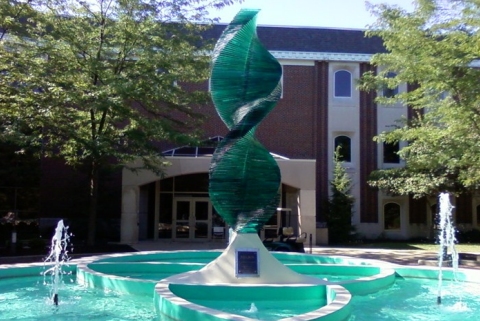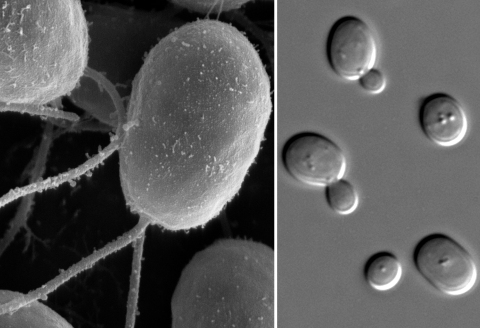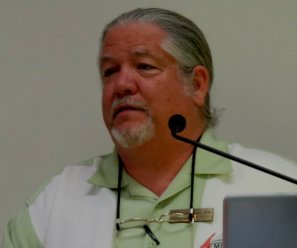
About a year ago I discussed a study that indicated a college education makes a person more likely to retain his or her faith. Recently, a new study on essentially the same topic was published in the same academic journal. It looked at data in a different (and very interesting) way, but its conclusions generally support those of the previous study.
The author, Dr. Philip Schwadel, used a well-known data set called the General Social Survey (GSS) for the years 1973 to 2010. He then looked at the years in which the respondents were born. He found that he had plenty of data for people born after 1900 and before 1980, so he focused on them. This gave him 38,251 people to analyze, which is an excellent sample size. In the GSS, the people are asked what their religious preference is: Protestant, Catholic, Jewish, some other religion, or no religion. They are also asked about their education and what kinds of degrees they have. Dr. Schwadel wanted to determine whether or not a college degree had any effect on a person answering “no religion.”
He found that people who were born from 1900 to 1964 were more likely to say they had no religion if they had a college degree. However, the amount by which they were more likely to say that dropped fairly steadily from 1915-1964. For those born in 1965, a college degree had no effect on whether or not they answered “no religion.” After 1965, having a college degree made a person less likely to indicate they had no religion. As the author says:1
Results from hierarchical age-period-cohort models using more than three and a half decades of repeated cross-sectional survey data demonstrate that the strong, positive effect of college education on reporting no religious affiliation declines precipitously across birth cohorts. Specifically, a bachelor’s degree has no effect on non-affiliation by the 1965–69 cohort, and a negative effect for the 1970s cohorts.
If we dig a bit deeper into the study, however, we find something even more interesting.
Continue reading “Another Study Shows College Does Not Erode Faith – For Most Christians”









